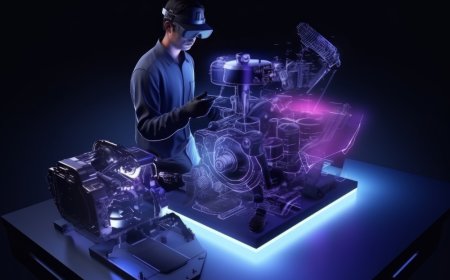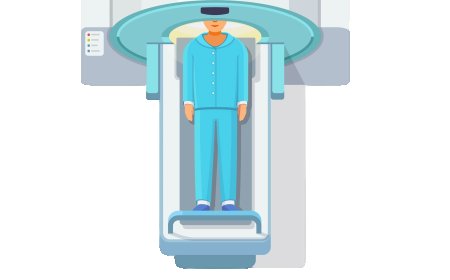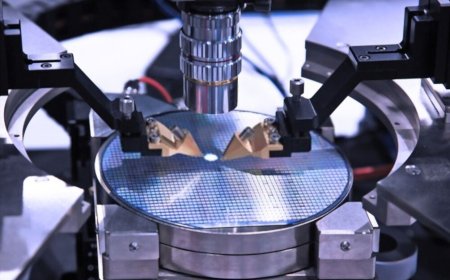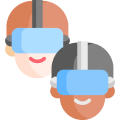- Visually interact with 3D models of GaN, SiC, and other advanced materials in XR environments, highlighting their crystal structures, thermal properties, and electrical behavior.
- Observe real-time material responses under varying conditions, such as high temperatures, voltages, and mechanical stress.
- Use XR to visualize how material properties affect device performance in applications like power electronics, optoelectronics, and RF components. Monitor thermal dissipation, voltage handling, and failure modes in a virtual, interactive environment.
- Collaborate with peers in shared XR spaces to troubleshoot material challenges and develop solutions for scaling up production of GaN and SiC-based devices.
- Receive real-time feedback on decisions related to material selection, fabrication process, and performance trade-offs.
imaginX is used by many amazing schools and universities
University / College

























